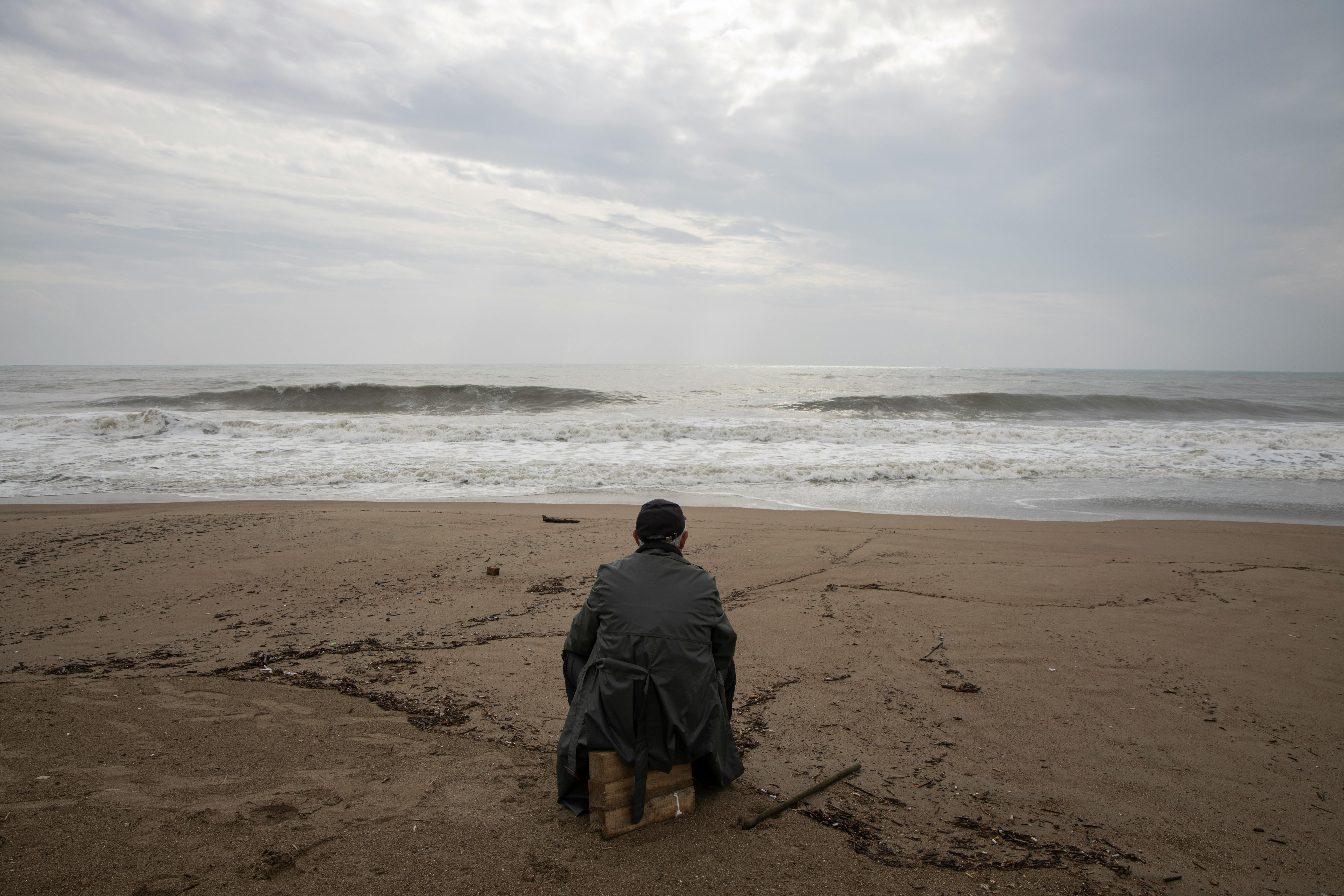
There are many misconceptions about broken bones. Unless you are a student of anatomy and physiology or a trained medical professional, you may not even realize that they are, in fact, myths. However, these myths can end up costing you time, money, and creating a lot of pain for you.
Myth: Bones don’t change once you finish growing
FAKE. Like the rest of the body, your bones continue to change throughout your life. There is no magic cut-off date for bone growth. In fact, while your bones prevent you from growing taller, they continue to grow since they are a living part of your being. Bones can become thicker or thinner, depending on your diet, any medical conditions, and the general health of osteoblast (bone cell) production. As we age, many of us may experience thinning of the bones caused by osteoporosis. Bone thinning can be reversed by including weight-bearing exercises, such as jogging and walking. Exercise will trigger the production of osteoblasts, fighting bone thinning due to arthritis.
Myth: A fracture is nothing like a broken bone
Actually, they are the same thing. A fracture and broken bone are simply major injuries to a bone, where there is a separation of said bone. A fracture can result in a cleanly broken bone, or it can separate only a portion of the bone. The bone is not in one solid piece and is separating from itself. It is also quite painful.
Myth: You know when you have a broken bone
No, you may not always know when you have a broken bone. Some fractures in the bone take time to develop and may have little or no associated pain until the bone changes alignment or enough injury to the area creates a larger fracture. This is the case with stress fractures. Smaller injuries that are not painful can develop into a larger fracture over time. Many athletes suffer stress fractures due to repetitive use of injured bones. If the bone is not given time to heal properly and the area is constantly reinjured, a stress fracture will form and then patients will experience pain. Most wear and tear injuries will eventually cause pain, indicating the need for repair or support.
While bones can heal on their own when given adequate time and rest, if you suspect you have a broken bone or fracture, it’s best to see a doctor. Pain is always an indication within the body that something is a friend, so don’t ignore it. If you have an injury that is unresponsive to rest and ice, and the pain becomes increasingly intolerable, you may have a more serious injury that requires medical attention. Do not self-diagnose and risk the health of your bones. Consult a doctor as soon as possible!